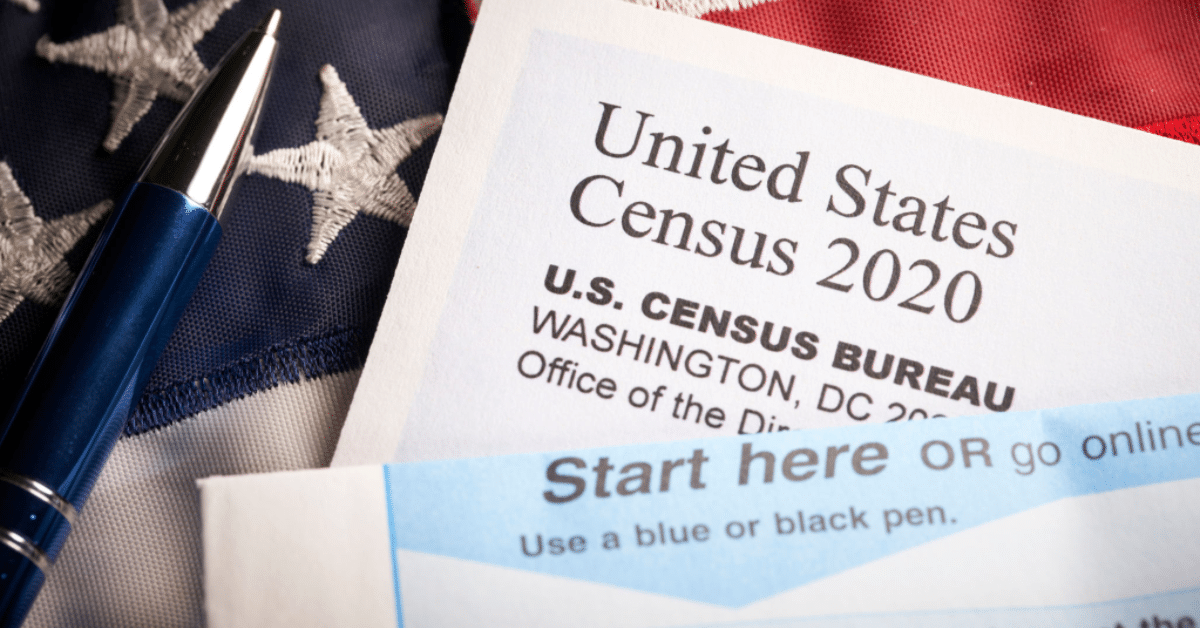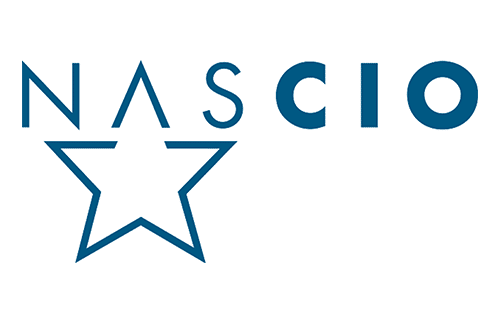The federal government is about to embark on the 2020 Census. This time around, government workflow automation is one of the technology tools that will make it markedly different from decades past.
As reported by The Washington Post, adoption of new technologies is key to the success of the census. The upcoming one will carry a price tag of $15.6 billion, so generating efficiencies while also improving the accuracy of the census is high on its administrative agenda.
For example, satellite imaging will take the place of 2010’s method for updating home addresses and maps: 140,000 census fieldworkers literally walked almost every block in the country to create an accurate map – or as accurate as was possible at the time. The cost of doing the same in 2020 was projected at $17 billion.
But this time around, only areas that are visibly different from previous mapping will be visited by field teams, reducing the number of workers needed by 75%.
Just to build its geographic database, the 2020 Census will rely on integrating data from no less than 3,200 various partners. Applying data integration tools to address verification is another way they’ll cut costs by as much as $5 billion.
Paper forms take on a smaller part
As for the classic paper census form, and the job of the census-taker? They’re being supplanted by digitized online forms and process automation. But those will still have a part to play.
Paper forms will still be sent wherever there’s inadequate web access, or the area is (for some reason) seen as less likely to respond to other approaches. According to census officials, they’re prepared to process paper forms for approximately 30% of U.S. households. The cost and labor savings they’ll realize from applying online forms and process automation the other 70% will, as we’ve just seen, mount well into the billions.
Online forms and process automation will make it a far more convenient user experience for citizens, too, which is expected to drive up response. They’ll be able to access and fill out census forms via mobile devices, so they’ll be able to answer its questions sitting in their backyard, on a lunch break, between classes, or yes, during a particularly tedious presentation at work.
“Just to put it simply, everyone will have a chance to respond to the census the way they choose to respond,” said Al Fontenot, associate director for decennial census programs, “online, over the phone or on paper.”
An important leg of the entire operation will be the follow-up stage, where live census-takers will go out and try to reach the millions of homes that failed to initially respond. The 2010 Census plan was meant to utilize custom handheld devices for non-responder follow-ups, but the handhelds didn’t pass testing. So all follow-ups relied on paper forms. This time out, web-based technologies will (they hope) minimize the need for paper.
The stakes are huge for U.S. democracy
There are tremendous stakes in playduring a national census in most countries, but especially in the United States. How congressional districts are allocated, how government programs are funded and operated, and much of the rest of the machinery of modern American democracy, bureaucracy, and governance rely on having an accurate headcount of U.S. citizenry. The effects of that data trickle down into every level of government, as well.
SimpliGov is already a contributor in this space, thanks to our partnership with OSAAS. Some of the benefits our users have seen from using process automation for census-related operations?
- Submissions are simplified thanks to streamlined, self-guiding forms and optimized workflows
- Alerts and notifications can be automated, driving more efficient completion of submissions
- Documents can be attached to deliverables submissions
- Automatic calculations of funding amounts are associated to each contract deliverable
- Fund usage analysis and report is simplified
- Managers gain an easily-used means of reviewing and approving submissions
- An audit trail is automatically preserved for ensuring security and compliance
- Secure electronic signatures are included at each approval phase
The security benefits are especially timely, as digital security of a project like this is a major concern for census administrators and government security professionals.
Paper-based census processes may someday be completely replaced by digital ones, but they’re still with us – for now. By balancing the new (digital government forms and process automation) with the old (paper forms and manual processes), the 2020 Census aims to maximize engagement by the 300 million-plus Americans who depend, more than they probably know, on how successful their government is with the next national headcount.














